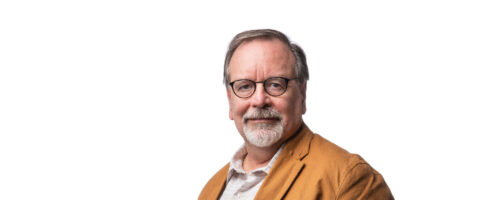Guidelines for Culling Cows
For most cattle producers, culling cows is not an easy task. However, some culling needs to be done each year to maintain optimal productivity.
For most cattle producers, culling cows is not an easy task. However, some culling needs to be done each year to maintain optimal productivity. Records on each cow’s yearly production would be beneficial when making culling decisions, but collecting some information when the cows are processed can give you a good place to start.
Cattlemen should make it a point to evaluate all breeding females at least once a year. Weaning is likely the most convenient time to do this evaluation. In addition to their vaccinations, cows should also be pregnancy-tested, evaluated for structural soundness and aged based on the condition of their teeth. This information will take a little extra time to collect, but will be valuable when determining a culling order. In addition, this culling order will be useful during a drought as it is usually more profitable to cull unproductive cows as a drought is beginning than to try to hold on until the drought is over.
Usually, the best cows to cull are the ones that have the least chance of being productive in the long term or are the farthest away from being productive. Use the following list as a guideline for establishing your culling order.
Cull cows in this order until you reach the desired herd size.
1. Disposition.
Some producers can tolerate more disposition problems than others. Disposition should be evaluated both in the pasture and in the pen because some cattle will react differently once corralled. Make a note of those animals that make it difficult to gather the herd or rotate pastures. Any animal that is aggressive should make the list.
2. Open females.
All open females should be culled. According to the Kansas Farm Management Association enterprise summary report of some 90 beef cow herds in 2016, the annual variable costs to keep a cow was near $700. It will be very difficult for an open cow to make up for a year of lost production. In addition, if a heifer does not settle in the same period as her contemporaries, she is telling you that she does not fit your management environment.
3. Structural soundness.
Evaluate the structural soundness of each cow based on her ability to raise a calf. Anything that limits her ability should be noted. Look for bad feet or toes, a history of prolapse, eye problems and poor udder conformation, including bad quarters and big teats.
4. Age.
Typically, a cow is most productive between the ages of 4 and 9. The condition of a cow’s teeth is indicative of her age. A cow with broken or missing teeth should probably be culled. Those with badly worn or separated teeth would be next on the list.
At this point, it becomes increasingly difficult to make culling decisions because you will have to cull productive animals.
5. Bred cows older than 9 years of age.
These cows will likely be culled in the near future and are close to the end of their most productive years. Within this group, cull the thin cows first.
6. Replacement heifers.
First, cull yearling heifers that have not been exposed to a bull. These animals have very good value as feeder heifers. Bred heifers would be next in the culling order.
7. Phenotype.
Use this as an opportunity to make your herd more uniform. Any cow that does not fit due to breed, size or low productivity should be culled next.
8. Bred cows 3 to 9 years of age.
These are your most productive cows. If you must cull out of this group, 3-year-olds and those cows that are 8 to 9 years old would go first.
The decision about which animals to cull can be difficult. Each operation will have different goals and, therefore, may need to adjust accordingly. Use this list as a guideline for developing a culling order for your herd.
For more assistance, contact the Noble Research Institute or your local county extension agent.



Comment